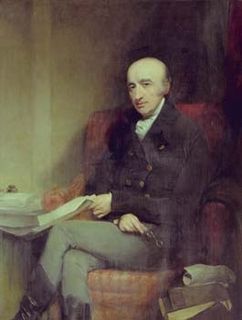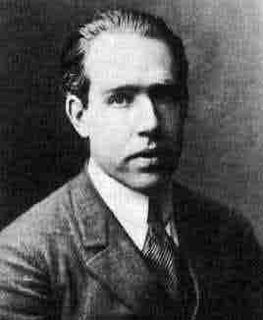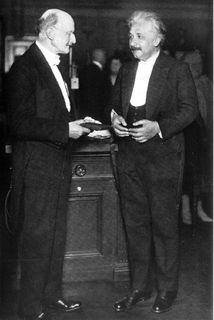Absorbtion Spectra
When Matter Absorbs Light
Matter can emit light, but the opposite is also true: matter can absorb light. In astronomy, this phenomenon is often observed when white light, no matter what its source (the surface of the Sun or another star, for example) passes through a thin cloud of gas or dust.
In this case, instead of seeing a continuous spectrum from red to violet, astronomers will observe a spectrum in which several rays of colour are missing and dark lines take their place.
It was around 1802 that the British chemist William Hyde Wollaston noticed for the first time that the spectrum from the Sun displays just this type of effect. The solar spectrum is discontinuous with numerous dark lines occuring among the coloured bands. At the time, Wollaston did not understand why this is so.
In 1814, the German optician Josef von Fraunhofer also noticed these same dark lines in the spectrum of sunlight. Although he also failed to understand their significance, he nonetheless measured and documented the positions of 324 lines.
It was only in 1859 that the German physicist Gustav Robert Kirchhoff understood that Fraunhofer’s dark lines corresponded exactly to the bright lines emitted by certain known elements. According to him, the dark lines represented specific chemical elements that are present within the Sun’s atmosphere but are absorbing certain spectral rays emitted by the Sun’s surface.
Kirchhoff named this type of spectrum an “absorption spectrum”. Unfortunately, he did not understand at the time how matter could absorb spectral rays.
In 1860, the Italian astronomer Giovanni Battista Donati had the idea of attaching a spectroscope to his telescope. He studied the spectrum of fifteen or so stars and published his results in 1863. He was followed in 1862 by the amateur British astronomer William Huggins, the American astronomer Lewis Morris Rutherfurd, and the Italian astronomer Angelo Secchi, all of whom independantly worked on the Sun, the planets, the Moon and the stars.
These researchers began a scientific revolution by being the first to extract information from the light emitted by stars. They were quickly followed by other astronomers, and the study of emission spectra became the main field of study in astronomy. Despite considerable progress, the explanation of how light could be absorbed by matter still eluded the scientists of the time.
The Danish physicist Niels Henrik David Bohr finally provided the answer in 1913. Bohr developed a new model of the atom consisting of negatively charged electrons that occupy specific orbitals around a positive nucleus.
According to Bohr, the farther the electron orbital is positioned from the nucleus, the higher its energy content in order to compensate for the great distance to the nucleus and its attractive force.
When a cool material is heated, some of the electrons will jump from low energy orbitals near the nucleus to more distant and higher energy orbitals. To do this, each electron must increase its energy content to exactly match the energy level of the new orbital it will occupy.
Bohr proposed that electrons absorb this extra energy in the form of “energy packets” as described by Planck and Einstein.
The same type of phenomenon occurs in space when the light emitted from the surface of a star (like the Sun) shines through the cooler gases in the atmosphere surrounding it. The atmosphere absorbs part of the white light emitted from the star, which produces a colour spectrum marked by dark lines (absorption lines) that are characteristic of the elements present in the gas.
The study of a star’s spectrum thus gives us information about the chemical composition of its atmosphere.


